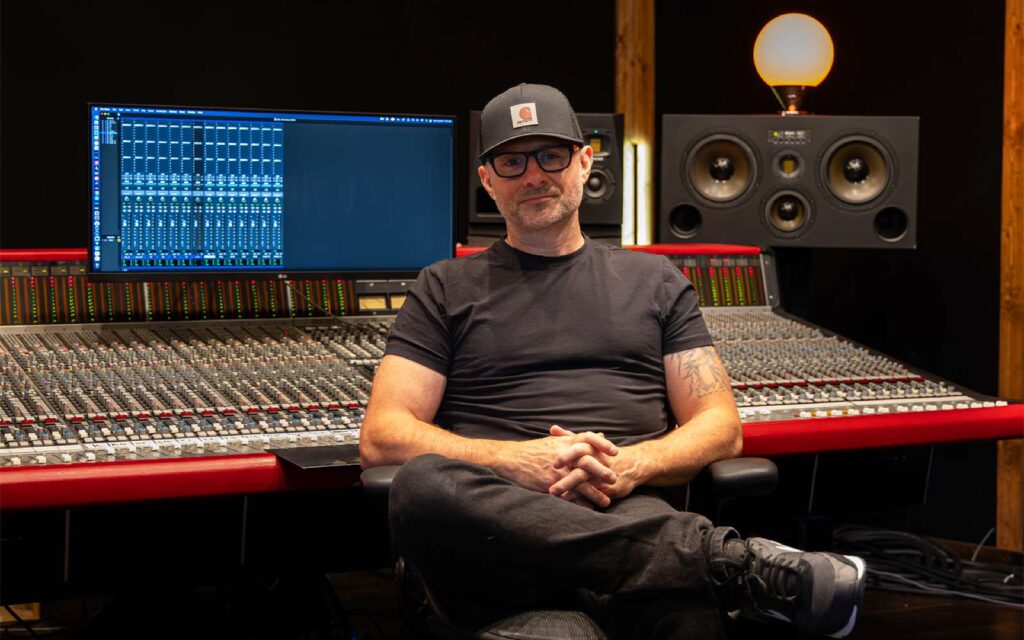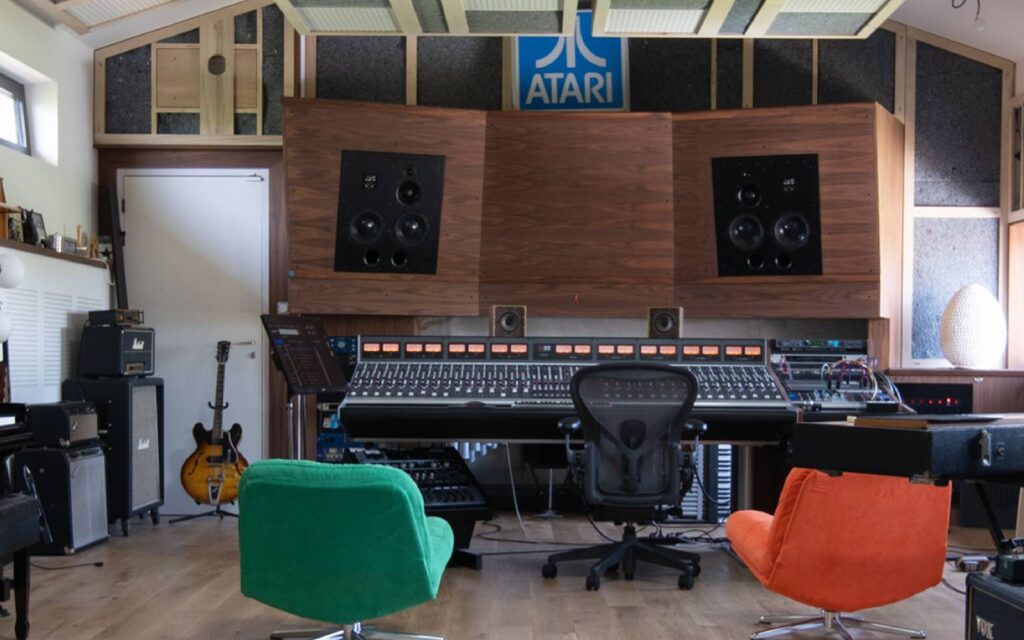As reported on in the Western Daily Press, the study was conducted using a laser pupil tracking device to measure the 60 participant’s responses to a variety of piano melodies. The study found that both the emotional content of the music and the listener’s personal attachment to the music were found to be the dominant factors influencing participant’s pupil dilation. Larger dilations were evident in participants that had stated “music plays an important role in my life”, and had an emotional attachment the particular melody being played.
Music has a large influence over mental state, and can cause involuntary emotional reactions. Under normal circumstances pupil size adjusts to the amount of ambient light in an individual’s environment. However, pupil size is also affected by a person’s thoughts, emotions and mental state.
Sound is can also evoke a pupil response, depending on the context of the sound. Highly arousing sounds, like gun shots, or hearing a verbal altercation leads to larger pupil dilation, as the body goes into fight/flight mode, where as more neutral sounds such as background office noise will have no effect on an individual.
So what does this mean for music? We can now effectively measure a listener’s involuntary emotional reaction to a song. The study states further research is needed in the area using a greater variety of musical genres as well as a more sophisticated analysis of listeners’ engagement with music to explore the phenomenon in more depth. Knowing what chord progressions and melodies cause the deepest emotional response could effectively change how people write music.
For more information visit www.westerndailypress.co.uk.





